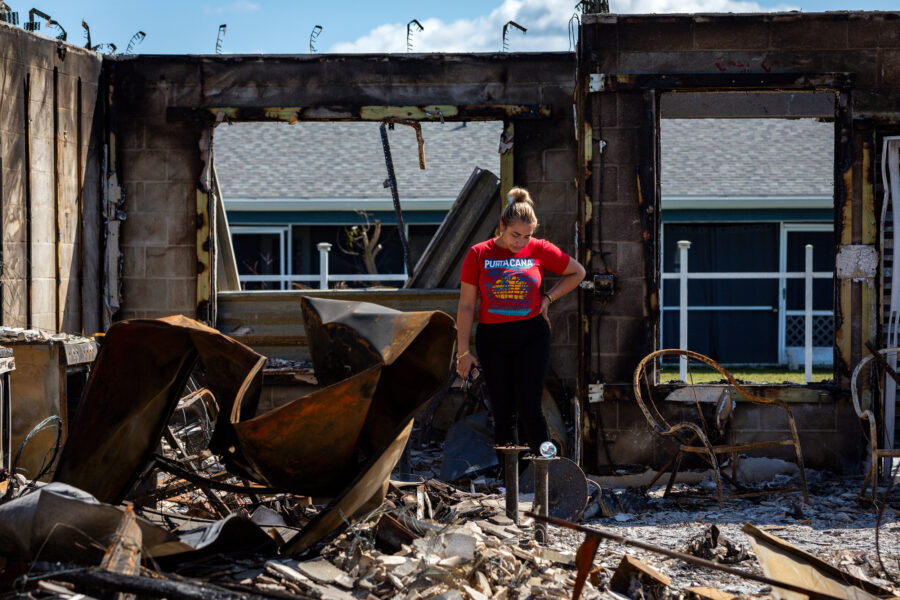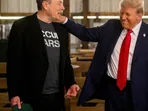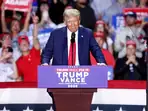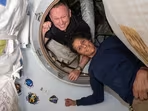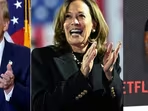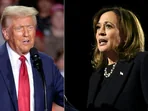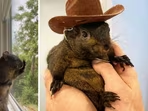Rediscovering Paul McCartney's photos of The Beatles' 1964 invasion
Paul McCartney used his Pentax camera the same way he used his guitar: with total freedom. And in early 1964, the 21-year-old took his new camera on perhaps the most momentous musical journey of the 20th century: The Beatles' invasion of America.
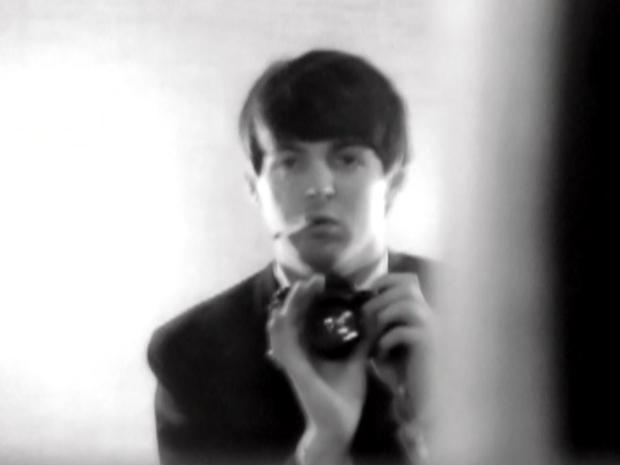
Hundreds of his photographs from that trip were recently rediscovered in McCartney's archive: "It was really nice," he said, "because I thought they were lost."
An exhibition of the images, collected in the book, "1964: Eyes of the Storm," originated at the National Portrait Gallery in London. The show is now on view at the Brooklyn Museum in New York.
He offered a tour of the exhibit to correspondent Anthony Mason.
McCartney explained his process: "Taking photographs, I'd be just looking for a shot. And so, I'd aim the camera and just sort of see where I liked it, you know, oh, that's it. And invariably, you pretty much take one picture.
"We were moving fast. So, you just learned to take pictures quickly."
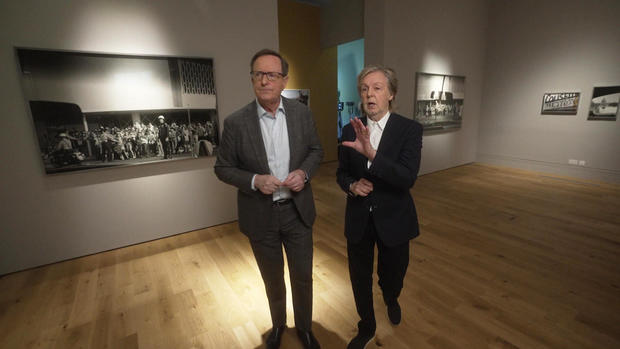
One picture was taken as the group arrived at the Deauville Hotel in Miami. Mason said, "I think your quote in the book was, 'I can almost hear her scream.'"
"Yeah, you can!" McCartney laughed. "The cop is going to restrain her, you know?"
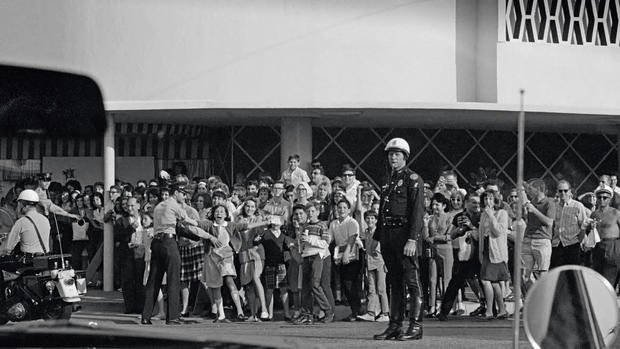
"I also love the cop in the foreground who just sort of looks puzzled by everything," said Mason.
"I like the architecture of that hotel," said McCartney. "But, you know, as we were saying before, that had to be taken really quickly, just to snap that."
"But, you have to have an eye to take that."
"It's my left one!"
The Beatles had started their trip in Paris. "And it was in Paris that we got the telegram, 'Congratulations, boys, number one in the U.S. charts.'"
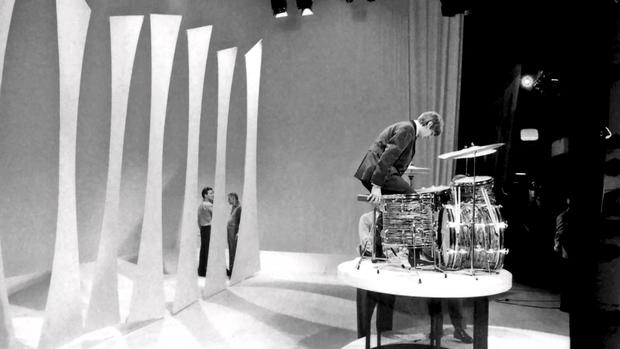
In America they played "The Ed Sullivan Show." Seventy-three million people would tune in. It was, McCartney writes, "the moment all hell breaks loose."
Mason said, "To look at those pictures, it's kind of you looking at the world, looking at you. You seemed very comfortable with it."
"Yeah. I mean, you know, you got to think about it: We're kids from Liverpool. And we're trying to get famous, and it's not easy. And we were like stars in America, and people loved us. So, we loved it. And having that number one was really the secret – because, if the journalists, you know, New York journalists, 'Hey, Beatle! Hey, Beatle! Why you are here?' whatever. We say, 'We're number one in your country!' Bingo!"
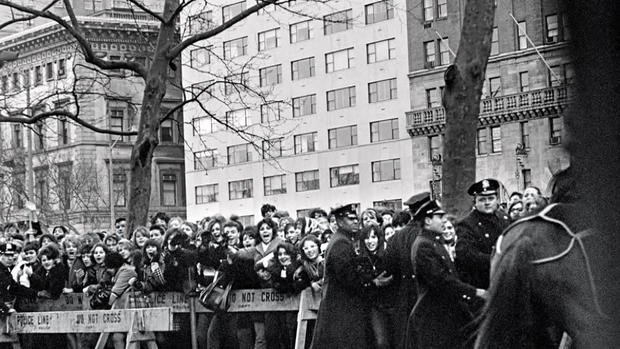
From New York, The Beatles travelled by train to Washington, D.C. McCartney's camera took the ride, too.
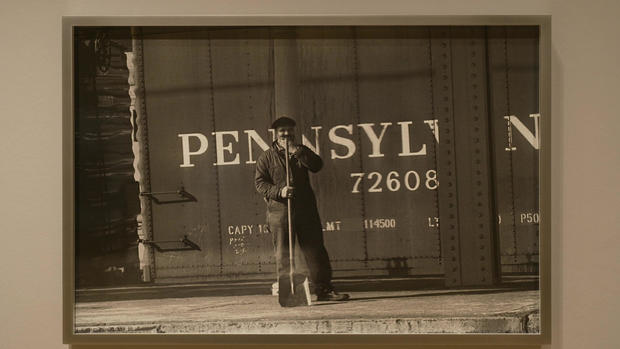
So many of McCartney's pictures were taken on the move, including shots from his car of a policeman in Miami who'd pulled up next to him: "And that was basically what I saw. And we'd never seen policemen with guns. We just didn't have that in England."
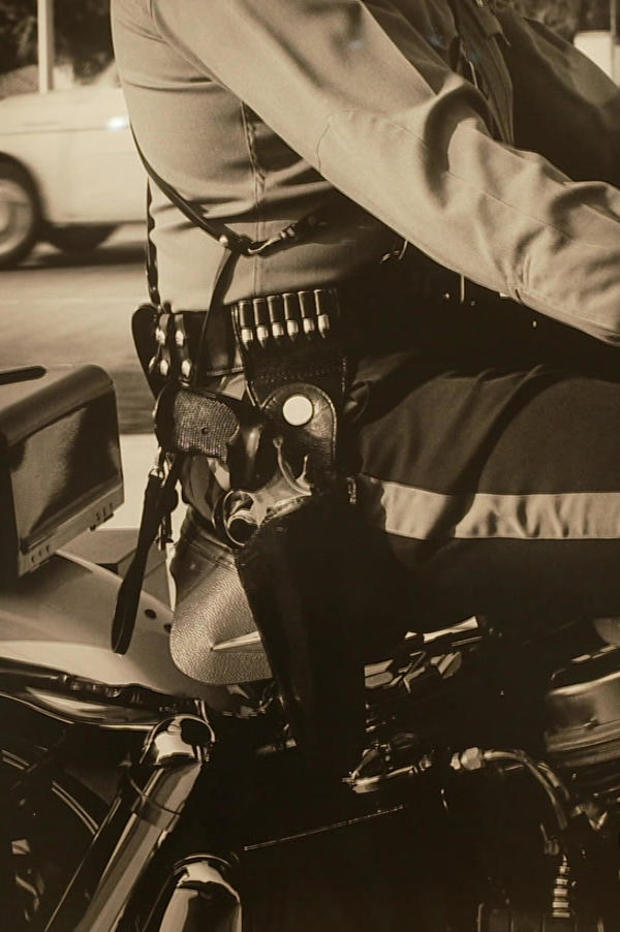
But in Miami, McCartney broke out the color film. "For us, it was like going on holiday," he said.
The Fab Four even had a few days off.
Mason said, "There are some great shots of all of you with, like, it looked like terry-cloth jackets."
"Yeah, the hotel supplied them," McCartney said. "You normally get, like, a robe, but this place, because it was Miami, had these little cool, little short things – and hats! We lived in them for days. Even Brian [Epstein], our manager. We thought they were really cool items of clothing."
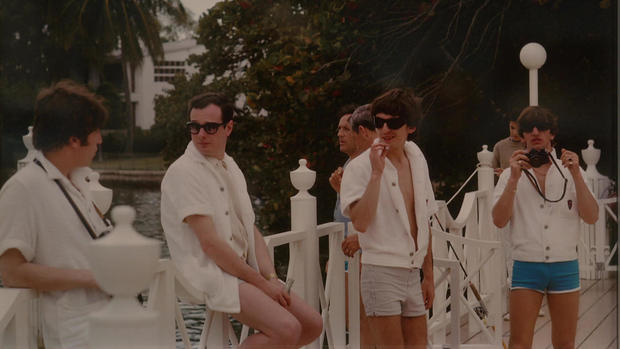
He caught George relaxing with an anonymous admirer: "In that picture, yeah, I don't think I was trying to protect her identity," McCartney said. "I love her bathing costume. So great. And, you know, there is George, like I keep saying, living the life. He's got a drink which is probably a scotch and Coke. He's got a tan, the girl in the yellow bikini. For lads from Liverpool, that was exceptionally wonderful!"
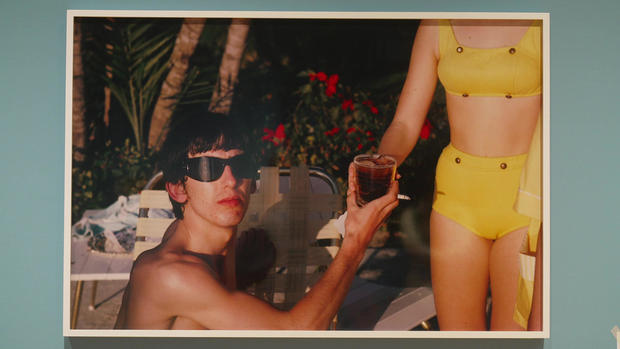
The band went back home to England in late February. By early April, The Beatles had the top five songs on the U.S. charts. McCartney writes, "We spent the months and years after holding on for dear life."

Mason asked, "Did you remember all these when you saw them?"
"Kind of," McCartney replied. "It was a very memorable period, you know?"
"But there was so much going on, I'm amazed you could process it and keep it all."
"Yeah, so am I!" McCartney said. "For me, it is like a little slice of American history. And it's my history, it's the Beatles' history. So, it was great to rediscover these pictures."
An earlier version of this story was originally broadcast on June 18, 2023.
For more info:
- "1964: Eyes of the Storm" by Paul McCartney (Liveright), in Hardcover, eBook and Spiral-bound formats, available via Amazon, Barnes & Noble and Bookshop.org
- Exhibition: "Paul McCartney Photographs: 1963-64: Eyes of the Storm" at the Brooklyn Museum (through August 18)
- Paul McCartney
Story produced by Ed Forgotson. Editor: Joseph Frandino.
- In:
- Beatles
- Paul McCartney

Anthony Mason is a senior culture and senior national correspondent for CBS News. He has been a frequent contributor to "CBS Sunday Morning."
Twitter InstagramDisclaimer: The copyright of this article belongs to the original author. Reposting this article is solely for the purpose of information dissemination and does not constitute any investment advice. If there is any infringement, please contact us immediately. We will make corrections or deletions as necessary. Thank you.
Title:Rediscovering Paul McCartney's photos of The Beatles' 1964 invasion
Url:https://www.investsfocus.com

